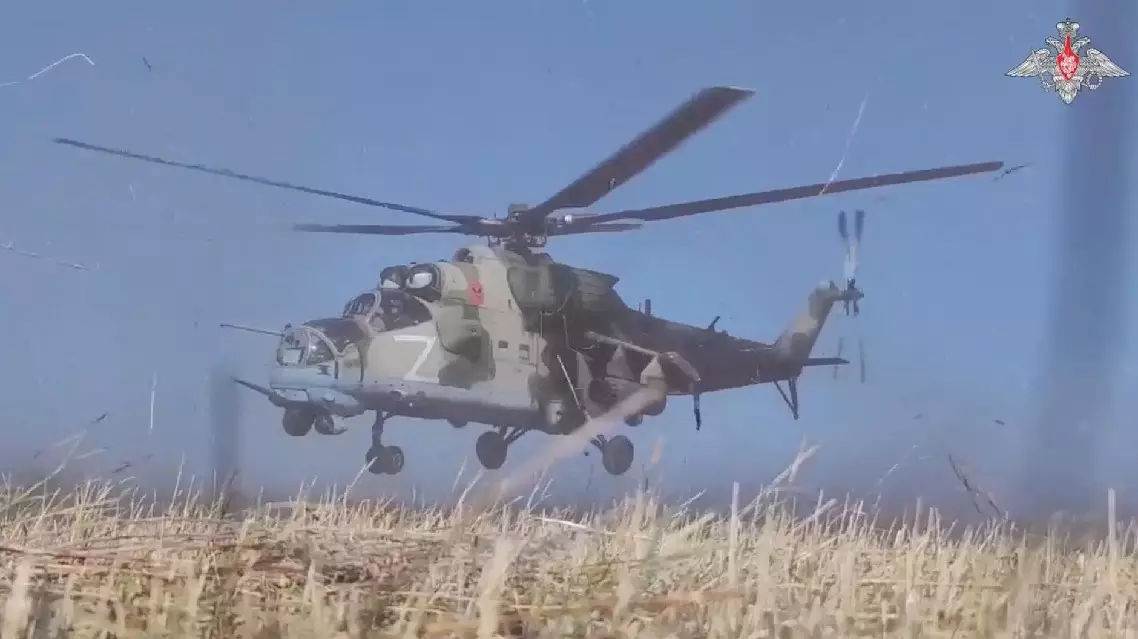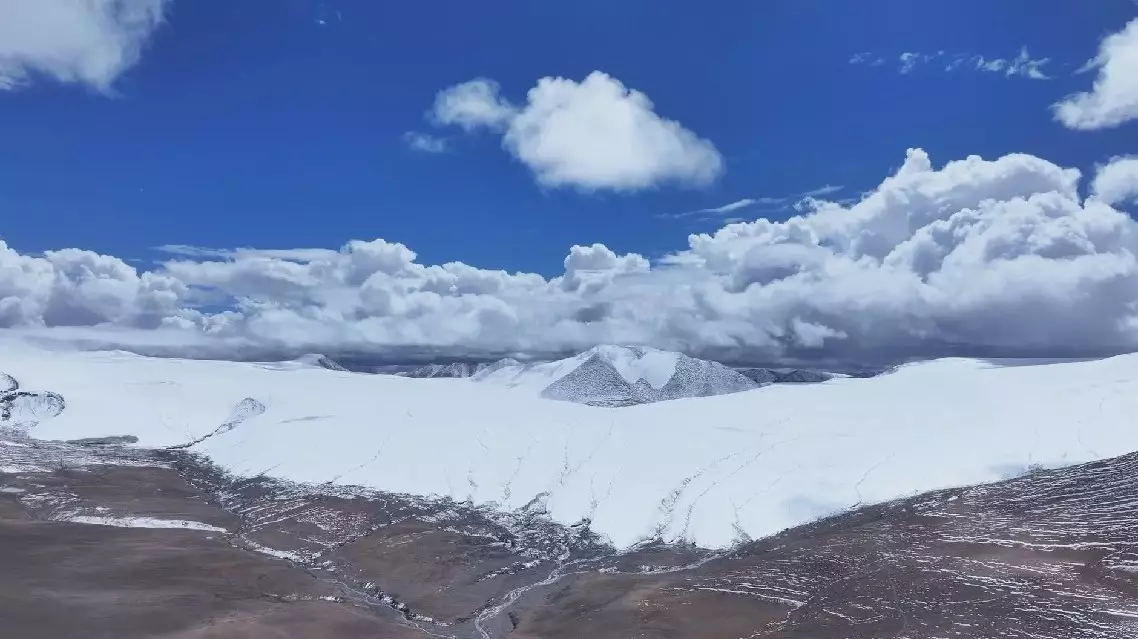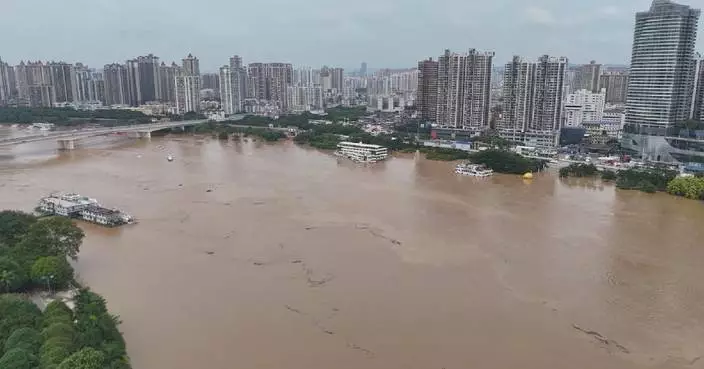Russia said on Wednesday that it had gained control of another Ukrainian settlement in Donetsk, while Ukraine said on the same day that it had successfully repelled multiple Russian offensives on the frontlines, according to their latest reports on the fighting.
The Russian Defense Ministry reported that the Russian army had gained control of a settlement in the Donetsk region. Over the past day, Russian armed forces attacked Ukrainian personnel, tanks, howitzers and other equipment on their respective fronts. The Russian side deployed tactical aviation, missile and artillery forces against forces and equipment of the Ukrainian army across 131 regions.
The defense ministry also said the units of the battlegroup North, supported by army aviation and artillery fire, thwarted attempts by enemy assault groups to attack the settlements in Russia'a Kursk region. The Russian forces had continued to conduct reconnaissance and search operations against Ukrainian groups that attempted to penetrate into the forested areas of the Russian territory.
In addition, an Mi-35M helicopter attacked a cluster of Ukrainian personnel and equipment assembly points in the border area of the Kursk region.
Meanwhile, the General Staff of the Ukrainian Armed Forces reported 54 battles in the previous 24 hours. The most intense fighting was in the direction of Pokrovsk, where the Ukrainian army successfully repelled 11 Russian attacks. In the Kharkiv region, four battles took place. In addition, the border of Sumy remains under attack by Russian artillery.
Ukrainian Air Force Commander Mykola Oleshchuk said on Wednesday that the Ukrainian army used precision weapons to strike Russian positions and equipment in Kursk Oblast.
The Ukrainian Armed Forces said in a video on the same day that it used U.S.-supplied HIMARS rocket systems to strike Russia's bridges and crossings.
Oleksandr Syrskyi, Ukraine's commander-in-chief, said on Tuesday that the Ukrainian army had advanced 28 to 35 kilometers into the Kursk region. But he also noted that the Russian forces are conducting mobile defenses and deploying troops from other directions in an attempt to halt the further advance of the Ukrainian troops into the Russian territory.

Russia claims control of Donetsk settlement; Ukraine says repelling Russian offensives
China's scientific expedition team on Thursday obtained critical ice cores during their investigation of the Qinghai-Xizang Plateau, which is known as Asia's "water tower".
The region encompasses "one glacier, two lakes and three rivers". It is home to Purog Kangri Glacier, the world's largest glacier in the mid to low-latitude regions, as well as Siling Lake and Namtso Lake, the largest and second-largest lakes in Xizang, respectively. It is also the birthplace of the Yangtze River, Nujiang River and Yarlung Zangbo River.
The climate in the region is complex and changeable, and its ecosystem is very fragile, and meanwhile it is a pivotal area for Xizang's economic and social development.
During their expedition, the team drilled for ice cores at different depths overnight on Thursday, aiming to capture climate records from different time scales.
Ice core drilling is typically conducted during the night and early morning when the ice temperature is sufficiently low.
Ice cores serve as vital records of global climate and environmental changes. The sediments and bubbles within these cores are clues to understanding the history of Earth's climate. By studying the bubbles captured in ice cores, scientists can analyze atmospheric composition, including carbon dioxide levels, over hundreds of thousands of years.
Yao Tandong, an academician at the Chinese Academy of Sciences (CAS) and leader of the expedition, and Lonnie Thompson, a renowned American glacier expert and foreign academician at CAS, conducted their scientific expedition on the glacier Thursday morning.
Through helicopter observations, thickness-measuring radar, satellite image comparison and other methods, the scientific expedition team has found that the surface area of the Purog Kangri Glacier has shrunk by 10 percent over the past 50 years.
The average altitude of Purog Kangri Glacier is 5,748 meters, with the highest point reaching 6,370 meters. Due to global warming, the glacier is melting rapidly.
"So does the melting of glacier surface -- the higher the altitudes, the less the ablation volume, while at lower altitudes, it accumulates and forms branch-like rivers on the ice surface. Currently, these branches extend up to altitudes of 6,000 meters," said Xu Baiqing, a research fellow of the Institute of Tibetan Plateau Research under the CAS.
Research indicates that the accelerated retreat of glaciers on the Qinghai-Xizang Plateau over the past 40 years reflects a broader trend, and the melting rate of the Purog Kangri Glacier is relatively slow compared to the overall situation of the plateau.
The temperature changes within the glacier also attributed to the great difficulty of drilling, said Xu.
"Due to climate warming, the temperature within the glacier has risen, which suggests that under the same backdrop of temperature variations, the ablation may show abrupt shift with accelerating growth," said Xu.
The expedition was launched on Aug 18, 2024 and is scheduled to continue until October.

Scientists obtain critical ice cores during expedition in Qinghai-Xizang Plateau










